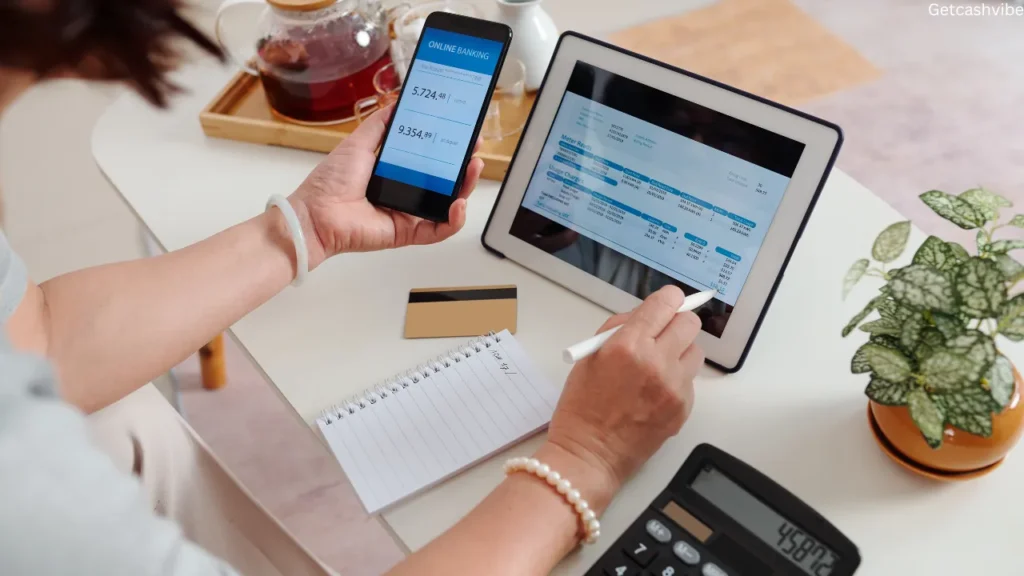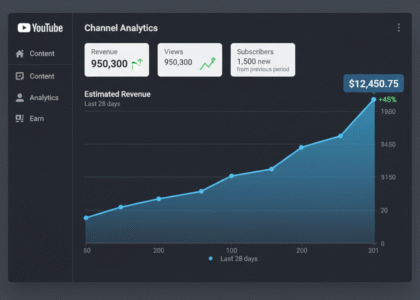In today’s fast-paced financial world, understanding how credit utilization impacts your debt management and credit score is more important than ever. Whether you’re new to credit or looking for ways to improve your credit standing, managing your credit utilization effectively is one of the most powerful tools in your financial toolkit.
In this blog post, we’ll dive into what credit utilization is, how it affects your finances, and practical steps you can take to ensure you’re using credit wisely and keeping your debt under control. Let’s explore why understanding credit utilization is essential for managing debt and maintaining financial health.
What is Credit Utilization?
Credit utilization refers to the percentage of your available credit that you are currently using. It’s a crucial factor in calculating your credit score, making up nearly 30% of your total score. Essentially, this metric shows how much of your total credit limit you’re utilizing, which provides insights into how well you’re managing your debt.
Credit utilization is calculated using the following formula: Credit Utilization=Total Credit Used Total Credit Limit×100\text{Credit Utilization} = \frac{\text{Total Credit Used}}{\text{Total Credit Limit}} \times 100Credit Utilization=Total Credit Limit Total Credit Used×100
For example, if you have a total credit limit of $10,000 and you’re using $3,000 of that, your credit utilization rate would be 30%.
Why Does Credit Utilization Matter?

Credit utilization plays a significant role in your financial health for several reasons:
- Impact on Your Credit Score
A lower credit utilization rate typically translates to a higher credit score, while a higher utilization rate may signal to creditors that you’re relying too much on credit, potentially leading to lower scores and higher interest rates on future loans. - Debt Management
By monitoring and managing your credit utilization, you can keep your debt levels in check and avoid falling into the trap of high-interest debt. It helps you maintain a healthy balance between borrowing and paying back. - Lender Perception
Lenders view credit utilization as a reflection of your financial responsibility. A low utilization rate indicates that you are managing your credit well, making you a more attractive borrower.
Step-by-Step Guide to Managing Credit Utilization
Now that we understand why credit utilization matters, let’s look at actionable steps you can take to manage it and ensure it doesn’t negatively impact your finances.
1. Aim for Below 30% Utilization

A common rule of thumb is to keep your credit utilization below 30%. This means using no more than 30% of your total available credit across all cards. For instance, if your total credit limit is $5,000, try not to exceed $1,500 in outstanding balances.
2. Pay Off Balances Quickly
To maintain a low credit utilization, pay off your balances before the statement date, not just the due date. This way, your statement shows a lower balance, reflecting better credit utilization when reported to the credit bureaus.
3. Request a Credit Limit Increase
If you’re consistently maintaining a low balance and paying on time, consider requesting a credit limit increase. This can reduce your overall credit utilization ratio without requiring you to spend more. For example, if your limit is increased from $5,000 to $7,000 and you still carry a balance of $1,500, your utilization rate drops from 30% to about 21%.
4. Use Multiple Credit Cards Wisely

If you have more than one credit card, consider distributing your charges across multiple cards. This can help lower the utilization rate on any one card, thereby improving your overall credit utilization.
5. Avoid Closing Old Accounts
While it might be tempting to close unused credit card accounts, doing so can negatively affect your credit utilization ratio by reducing your total available credit. If you’re not using a card, it’s often better to keep it open.
Real-World Example: How Credit Utilization Affects Your Finances
Let’s say you’re a freelancer with fluctuating income. You have two credit cards with a combined credit limit of $8,000. One month, you charge $4,000 across both cards. Here’s how your credit utilization would look:Credit Utilization=4,0008,000×100=50%\text{Credit Utilization} = \frac{4,000}{8,000} \times 100 = 50\%Credit Utilization=8,0004,000×100=50%
A 50% credit utilization rate can significantly hurt your credit score, especially if you maintain that balance for a prolonged period. Now, if you work on paying down the balance to $2,000, your utilization drops to 25%, which will likely boost your credit score and improve your financial standing.
FAQs About Credit Utilization
1. How does credit utilization affect my credit score?
Credit utilization is one of the most important factors in your credit score. The lower your credit utilization, the better your credit score will likely be. High credit utilization signals to lenders that you’re overextending yourself, which can lower your credit score and increase borrowing costs.
2. What if I can’t pay my credit card balance in full?
If paying off your balance in full isn’t possible, aim to pay as much as you can to reduce your credit utilization. Even small reductions can have a positive impact on your score.
3. Is credit utilization the only factor that affects my credit score?
No, other factors such as payment history, credit inquiries, credit mix, and length of credit history also affect your score. However, credit utilization is one of the most influential.
4. Can I improve my credit score quickly by reducing my credit utilization?
Yes! Reducing your credit utilization can lead to a quick increase in your credit score, especially if you were previously using a large portion of your available credit.
Conclusion
Understanding credit utilization and its impact on your finances is crucial for managing debt, improving your credit score, and setting yourself up for long-term financial success. By keeping your utilization below 30%, paying off balances quickly, and maintaining a healthy credit mix, you can ensure that credit utilization works for you, not against you.
Managing your credit wisely isn’t just about avoiding debt—it’s about building a solid financial foundation. Whether you’re trying to improve your credit score or manage existing debt, understanding and controlling your credit utilization is one of the most effective strategies at your disposal.
Want more personal finance tips? Visit GetCashVibe today to learn more about how you can improve your credit, make smarter financial decisions, and achieve your financial goals!






